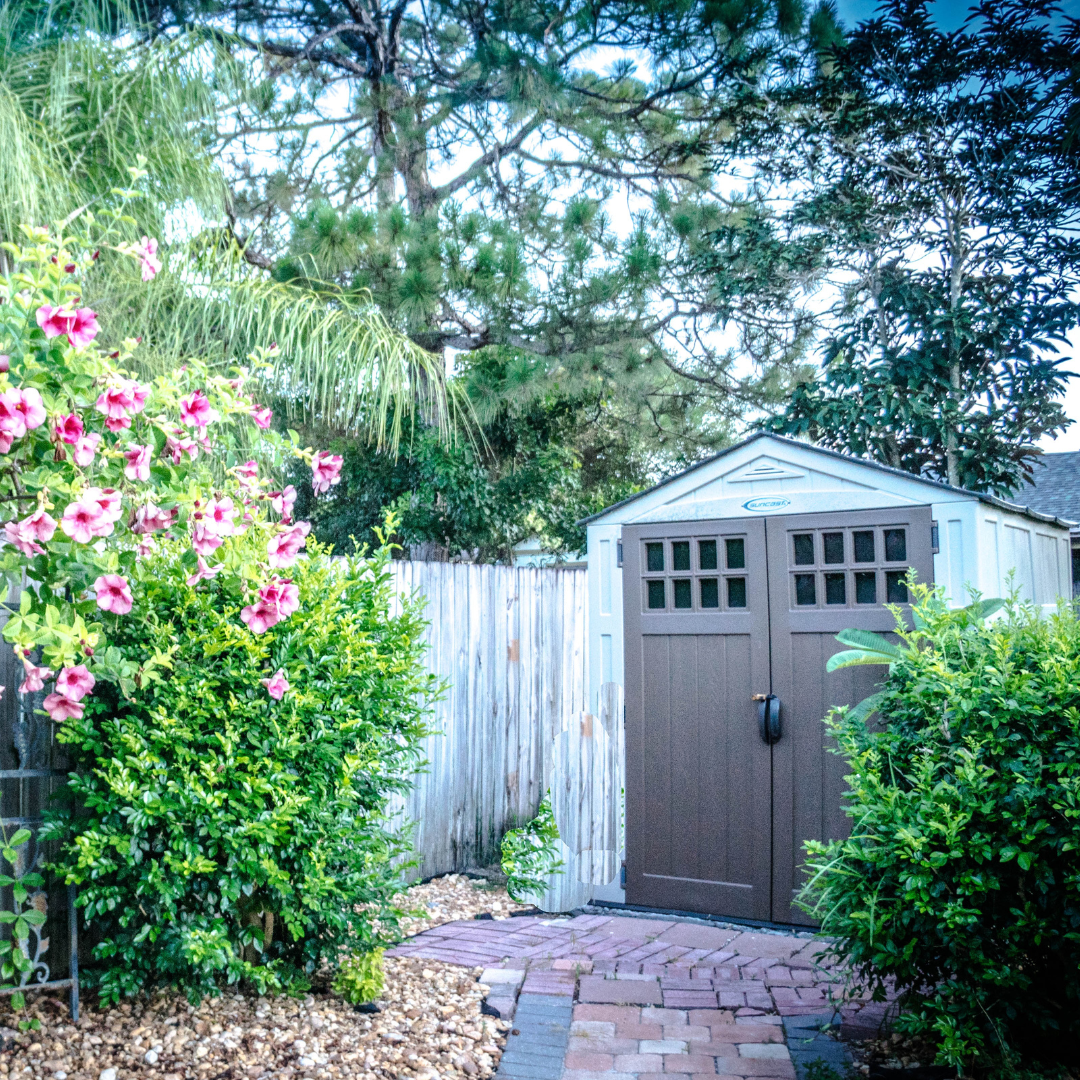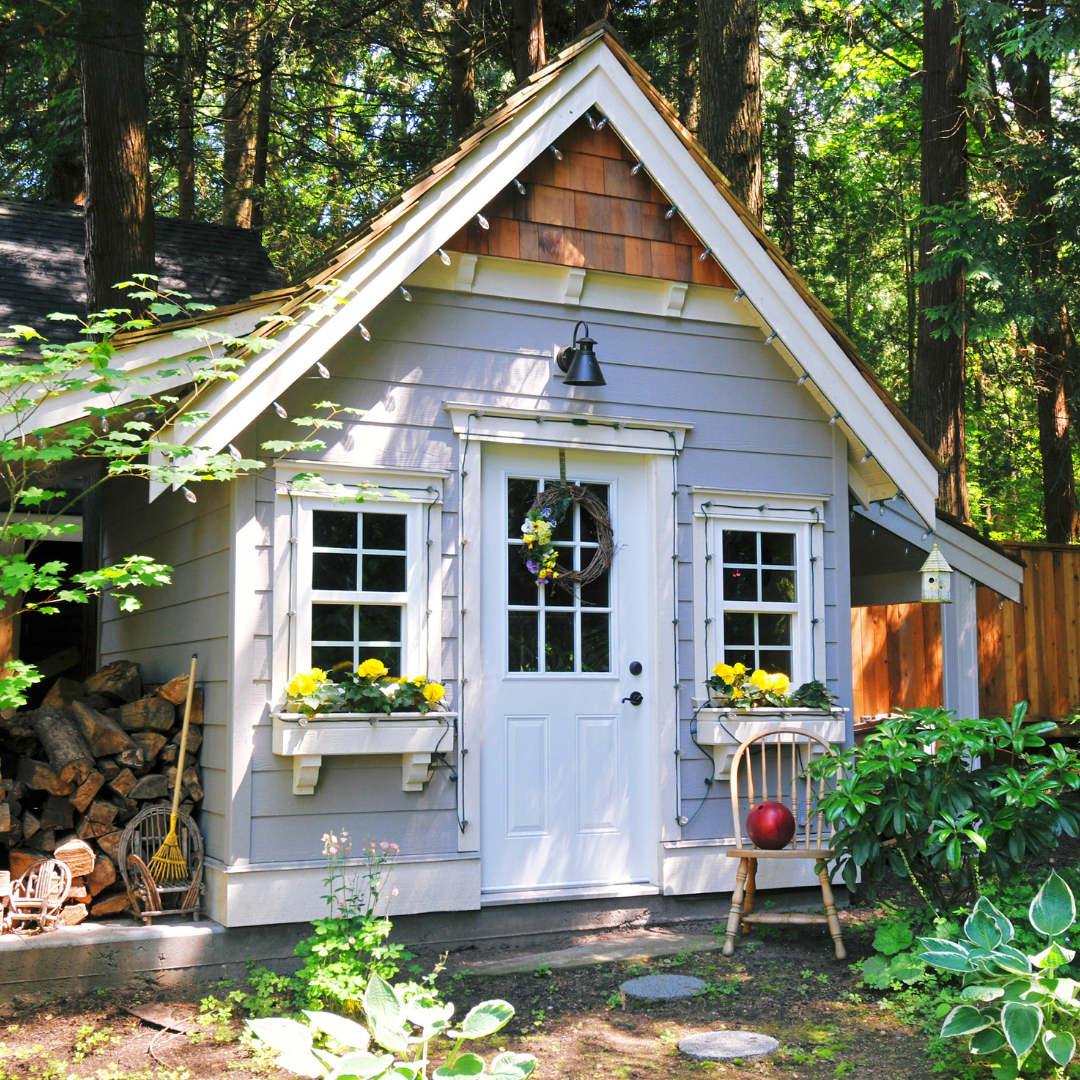When it comes to adding extra storage or workspace to your property, a shed can be a practical and versatile solution. However, choosing the right shed can be a challenging task. With so many options available, it’s essential to consider various factors to ensure you make the best choice for your needs. In this guide, we’ll take you through the essential aspects to consider when selecting the perfect shed for your home. So, let’s dive in and make the process of shed selection a breeze!
Size Matters: Determine the Shed Dimensions
Once you’ve clarified the purpose of your shed, it’s time to think about its size. Here’s a simple way to approach this:
– Measure the available space in your yard.
– Allocate some extra space around the shed for maintenance and access.
– Consider the dimensions of the items you’ll store or activities you’ll conduct inside.
Keep in mind that larger sheds offer more versatility but require more yard space and may have higher construction costs.
Material Matters: Shed Construction Materials
The material your shed is made of significantly impacts its durability, appearance, and maintenance requirements. Here are some common shed construction materials to consider:
- Wood
- Metal
- Vinyl
- Plastic
Plastic sheds are lightweight, durable, and easy to assemble. They are resistant to rust and decay, making them a low-maintenance choice. You can check out these recommended plastic sheds for sale for more information.
Foundation: A Solid Base
A strong and level foundation is crucial for the stability and longevity of your shed. Here are a few options to consider:
– Concrete Slab: A concrete slab provides a solid and level surface for your shed. It’s durable and long-lasting but may require professional installation.
– Deck Blocks: Deck blocks are a cost-effective and DIY-friendly option. They provide support and stability for your shed, especially on uneven terrain.
– Gravel: Gravel is an excellent option for sheds that don’t require a completely level surface. It allows for drainage and is relatively easy to install.
Design and Style: Blend with Your Home

Your shed’s design should harmonize with your home’s architecture and your personal style. Consider factors like:
– Roof Style: Choose a roof style that complements your home’s design. Common options include gable, gambrel, and lean-to roofs.
– Color: Select a shed color that matches or complements your home’s exterior. Many sheds come in various color options.
– Windows and Doors: Think about the number and placement of windows and doors to ensure they are functional and aesthetically pleasing.
Accessibility: Easy Entry and Exit
Think about how you’ll access your shed. Here are a few points to consider:
– Door Size: Ensure that the doors are wide enough to accommodate the items you plan to store inside, such as lawnmowers or large garden equipment.
– Ramp: If you have heavy equipment or plan to wheel items in and out, consider adding a ramp for easy access.
– Locking Mechanism: Invest in a secure locking system to protect your belongings.
Ventilation and Lighting: Comfort Inside
Proper ventilation and lighting can make your shed more comfortable and functional. Consider:
– Windows: Windows provide natural light and ventilation. Make sure they can be opened and closed as needed.
– Vents: Ventilation helps prevent moisture buildup, which can lead to mold and decay. Roof vents and wall vents are common options.
– Electrical Wiring: If you plan to use your shed as a workshop or home office, consult an electrician to install adequate wiring and outlets.
Budget: What Can You Afford?
Before you fall in love with a shed that’s way beyond your budget, set a realistic spending limit. Factor in not only the cost of the shed itself but also any additional expenses, such as site preparation, foundation, and installation. Remember that quality and durability often come with a higher price tag, so strike a balance between your budget and your shed’s quality.
Local Regulations: Check with Authorities
Before you start building or installing your shed, it’s essential to check local zoning laws and regulations. Some areas have restrictions on shed size, placement, and appearance. Ensure you obtain any necessary permits or approvals to avoid any legal issues down the road.
Maintenance: Long-Term Care
Once your shed is in place, it’s vital to establish a maintenance routine to keep it in excellent condition. Regular tasks may include:
– Cleaning: Remove dirt, leaves, and debris from the roof and gutters.
– Painting or Staining: If you have a wooden shed, periodic painting or staining will protect it from the elements.
– Inspecting: Regularly check for signs of wear, damage, or pest infestations.
Conclusion: The Perfect Shed for Your Needs
Choosing the right shed for your property involves careful consideration of your needs, budget, and style preferences. By taking the time to evaluate these factors, you can select a shed that not only meets your practical requirements but also enhances the aesthetics of your outdoor space. So, whether you’re looking for extra storage, a workshop, or a garden retreat, make your shed selection a thoughtful and enjoyable process.
